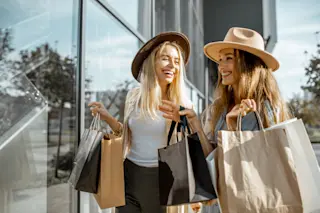It was the salads that got me. On nights when my parents started off dinner with some leafy greens, I left the room. The habit quickly became a ritual, and to my family’s credit – or not – no one ever remarked on it. It was just another quirk, like biting fingernails, or sticking your tongue out when you concentrate.
You see, to me, the sounds of chewing salad were unendurable. The crisp crunching noises and the scrape and squeak of utensils on ceramic dinnerware felt like a personal affront, a stimulus manufactured to induce rosy-red rage inside. I felt an inexplicable urge to hurl plates and bowls against the walls. So, I left the table.
As I grew up and moved away, the problem faded into the background, or, at least, I learned to deal with it. Not till much later did I discover that there was a name ...















